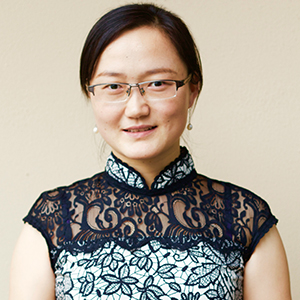Face Changing Opera
Face changing, literally means "bian lian" in Chinese, and originated 300 years ago during the reign of Emperor Qianlong from the Qing Dynasty. It is considered an important and indispensable aspect of the Sichuan Opera. However, the techniques associated with face changing remains a closely guarded secret. The secrets are passed down within theatre families from generation to generation. The current facing changing is characterized by performers’ waving their arms and twisting their heads with painted masks changed repeatedly.
Initially, performers got the colors of their faces changed by blowing bowls of colored powder. Then, the powder would adhere to their oily skin. Another method was to smear the face with colored paste concealed in the palms of their hands. Generally, red represents indignation while black represents extreme outrage. By 1920, performers started using layers of masks which were made of material such as paper. Skilled performers peeled off one mask after another. Modern day performers use full-face painted silk masks which can be worn in layers of as many as 24 at a time. Skilled opera stars can change 10 masks in 20 seconds. It is amazing to watch actors change their masks with a sweep of the hand or turning the head.
GREAT FAMILY CHINA TOUR
JULY 2024 We wanted to thank Grace at China Culture tour for organizing a great tour of China. We enjoyed our Beijing - Xian-Chengdu -Guilin -Yangshuo - Shanghai trip. Our local guides Bruce in Beijing, Susan in Xian, Jane in Chengdu, Mike in Guilin and Mary in Shanghai took care of us…read more details »
Teng Han L from SINGAPORE
Ready to Create a Unique Dream Travel?
